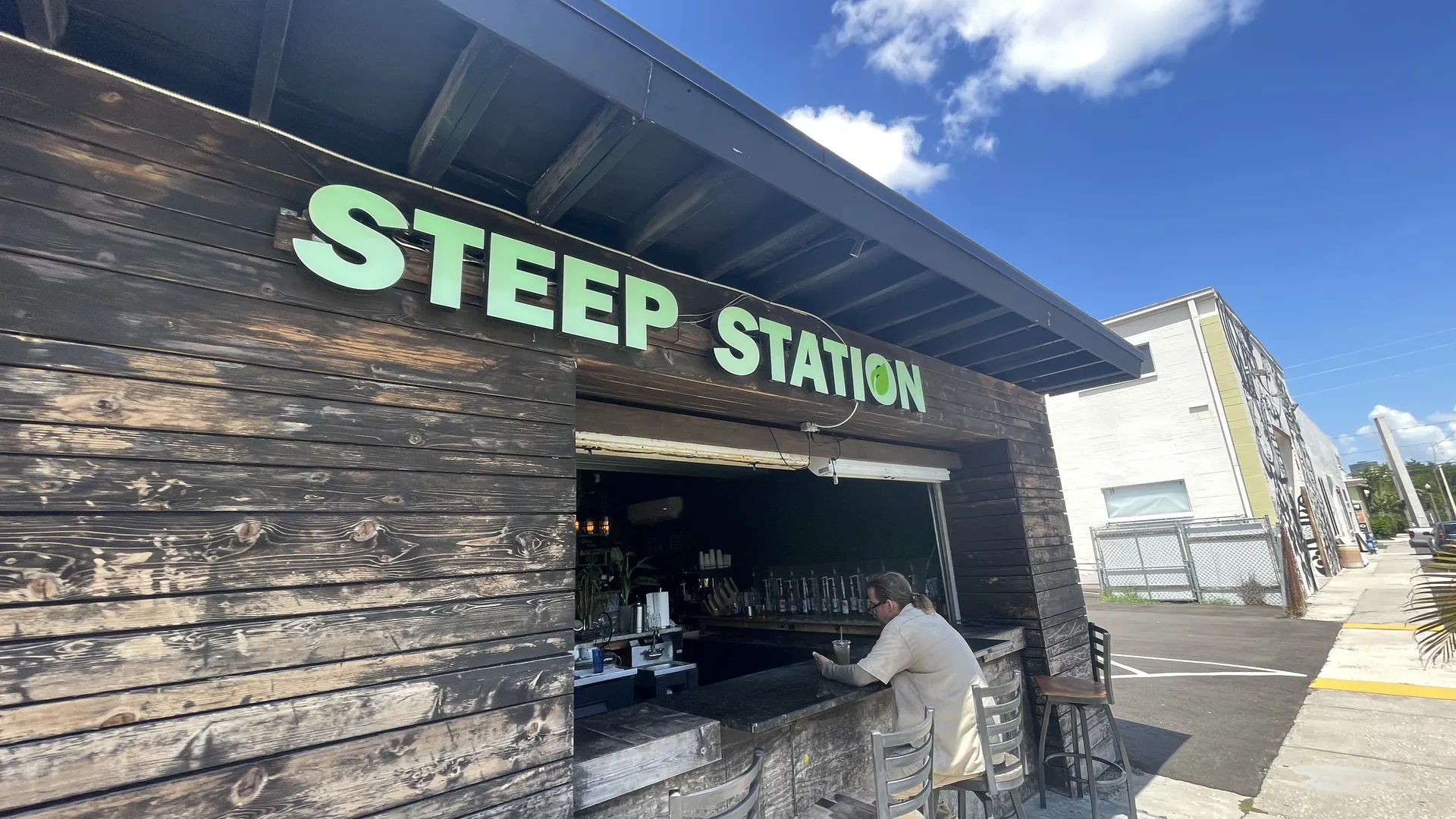Kathryn Varn and Carly Mallenbaum
When federal health regulators last week announced plans to control a compound found in the kratom plant, they made one big distinction:
“We’re not targeting the kratom leaf or ground up kratom,” Food and Drug Administration commissioner Marty Makary told reporters. “We are targeting the concentrated synthetic byproduct that is an opioid.”
Why it matters: That’s an important detail for Tampa Bay, which is home to so many kratom and kava tea bars that it’s become known as the kava capital of the U.S.
The big picture: Search for “kava kratom bars” on Google Maps, and dozens of establishments pop up in Pinellas and Hillsborough counties.
Unlike smoke shops or gas stations advertising kratom-derived concentrates, these coffee shop-style retailers serve drinks often in the form of tea brewed from the kratom plant. (Kava is a separate plant also typically sold as a beverage.)
In its native Southeast Asia, the kratom plant has long been used as a remedy for pain and opioid withdrawal symptoms as well as for its euphoric and energizing effects.
What they’re saying: “Kratom tea is the closest form of kratom to the traditional use of kratom in Southeast Asia,” said Chris McCurdy, a University of Florida medicinal chemistry professor who’s studied kratom for more than 20 years.
“The ingredients are usually only kratom leaf powder that are sold in kratom/kava bars,” McCurdy told Axios.
Friction point: What regulators are targeting is a compound derived from the plant called 7-hydroxymitragynine, or 7-OH, that researchers have dubbed “legal morphine.”
It shows up in trace amounts in the plant, but the potency in 7-OH products like tablets, shots and gummies varies widely.
Kratom leaf products are like a “light beer,” McCurdy said. Extracting and concentrating 7-OH makes the potency closer to the grain alcohol Everclear.
Zoom in: Since those products hit the market in the last few years, “I’ve always said, ‘Dude, this is gonna get kratom banned,’” said Cesar Calo, a Tampa kratom user who worked for six years at local tea bar Steep Station.
“You’re taking too much of a good thing and turning it into something dirty,” he said.
Calo is in favor of regulation, seeing it as a necessity to avoid an all-out ban, which would tank an industry that employs hundreds of people and offers what many users feel is a healthier alternative to alcohol and hard drugs.
Flashback: Calo, 30, grew up in Tampa during the height of the pill mill epidemic and became addicted to oxycodone at 13, he said.
He quit pills after an arrest at 23, but the withdrawal symptoms were excruciating. Introducing kratom into his routine “was like flipping the page,” he said.
Calo has considered that he’s trading in one substance dependence for another, but he looks at his life now — with a job at a fire prevention company and a 401(k) — and thinks about where he could be: in jail or dead from an overdose like some of his friends growing up.
“To me, it’s no different than drinking a cup of coffee,” he said. “I don’t need it, but it makes my day easier.”
What’s next: The FDA’s Makary declined to weigh in on whether regulators intend to target natural kratom down the line, saying the priority for now is 7-OH products.
The bottom line: When comparing the two, “we think it’s night and day in terms of the public health risk,” he said.


Leave a Reply